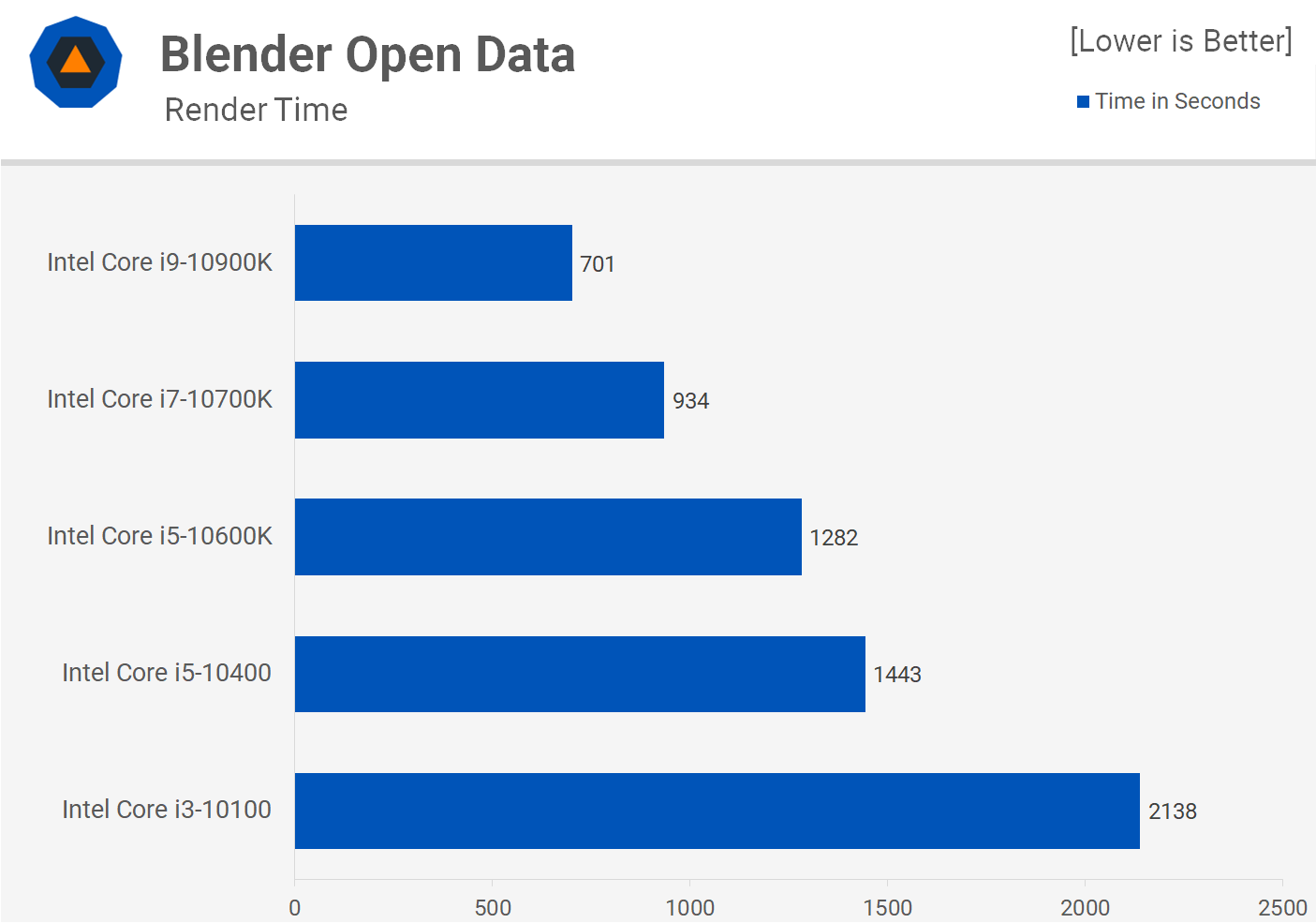
There are a number of differences between these product lines.
Core i7: Quad-core processors with hyper-threading. Core i5: Quad-core processors without hyper-threading. Core i3: Dual-core processors with hyper-threading. Now that we have the more complex processor codenames out of the way, here's a brief overview of the three processor families: This should solve the mystery of the codenames, but we always recommend double-checking processor features and specifications on store listings and Intel's Ark platform. U - Ultra low power, usually found on laptop processors (slower than desktop chips). T - Optimized for efficient desktop computing. What about the K located at the end of the Core i5-7600K? That is a suffix Intel uses to show specific features the processors sport. It's worth noting if you're considering Intel's 7th-gen processors that they only support Windows 10. If you wish to go for the more capable CPUs, be sure to check the higher model numbers within a product line. The Core i5-7 600K is more advanced than the i5-7 500, for example. 
The latter three digits determine the SKU and just how powerful the processor is within its immediate product line. Simply look at the first digit in a model number, and you'll be able to tell if it's a newer or older processor. Taking the examples above, the Core i5- 6400 is sixth generation, while the i5- 7600K is part of the most recent, seventh-gen.

It's actually really easy to determine the generation a particular processor belongs to.






 0 kommentar(er)
0 kommentar(er)
